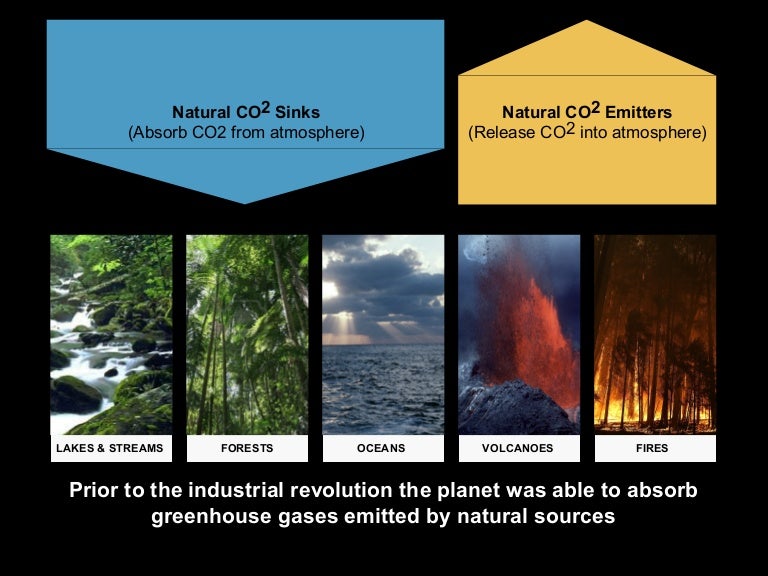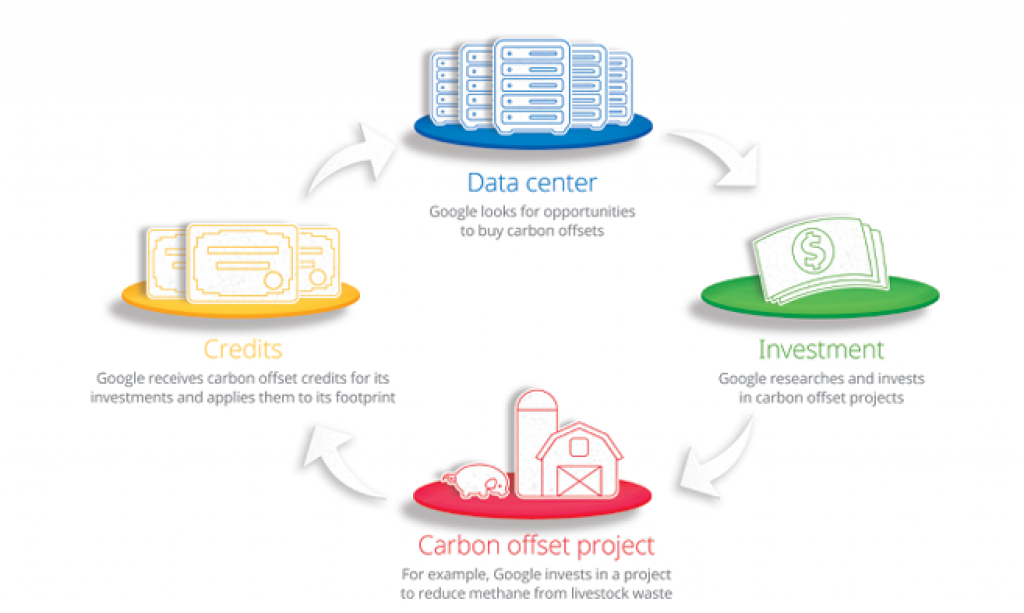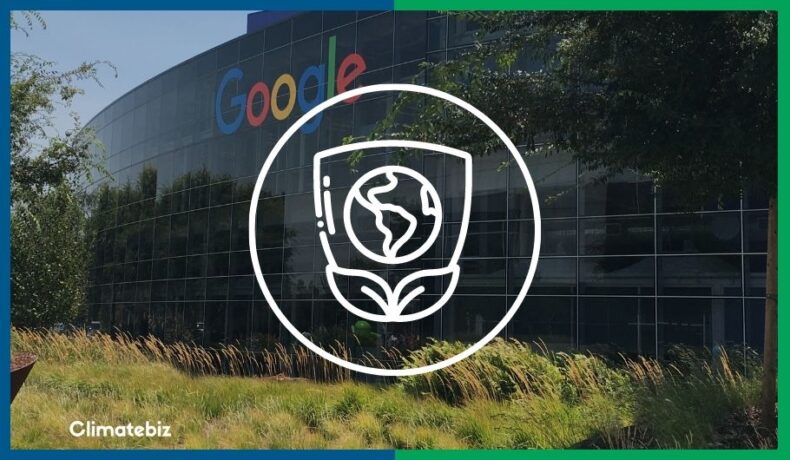There’s no denying it; Google is one of the biggest, most impactful tech giants out there, but does this tech giant follow eco-friendly practices?
Well, according to Google Environmental Report 2019, Google has been carbon neutral since 2009. Additionally, in 2017, it matched 100% of its electricity consumption with renewable energy.
We’ve crafted this article to assess Google’s performance and help you understand the technical jargon related to sustainability, so keep on reading.
Table of Contents
Is Google Eco-Friendly?
Before we go any further, we want to provide you with an overview of the following technical terms:
- Carbon-Neutral: a company is carbon neutral when it offsets its calculated carbon emissions via carbon-reducing projects/processes. One way to achieve this is through plantations, while alternatives include renewable energy production, offsetting, etc.
- Net-Zero: means that the net release of carbon or GHGs (Greenhouse gases) is zero. In the case of net-zero, there is no need for carbon offsetting; this is the ultimate goal for sustainable organizations.
- Eco-Friendly: a product or process that’s safe for the environment. In terms of an organization, this would equate to an organization’s activities being safe for the environment.
Now that you’re familiar with these terms, it’s essential to establish whether Google is eco-friendly. It’s worth noting that it’s challenging for anyone to create carbon sinks, i.e., an entity that absorbs carbon emissions (like forests and oceans).

According to the EU, natural sinks absorb around 9.5 to 11 billion tons of CO2 annually.
Becoming Carbon Neutral
For any organization, there are only two ways to become carbon neutral:
- Reduction of carbon emissions
- Offsetting by the purchase of carbon credits
Google has used both of these techniques to achieve carbon neutrality and become more eco-friendly.
Here are some of Google’s achievements in the area of environmental sustainability, eco-friendliness, and sustainability:
- Google has been carbon neutral since 2007;
- In 2018 it started matching 100% of its electricity use through renewable energy;
- Google offices are LEED-certified (Leadership in Energy and Environmental Design);
- 19% of the components used for server upgrades were refurbished. Additionally, it has recycled 3.5 million components;
- Google has signed renewable energy contracts of up to 3.75 GW, with USD2.5 billion in equity investments;
- Nest (smart thermostats) have helped save 29 billion kWh;
- Google Maps have helped policymakers monitor carbon sinks;
- Google data centers have been able to increase the efficiency of their data centers. Only a 4% increase in energy consumption by US data centers was observed, while the growth in this segment was massive.
What Is Google Doing To Be Environmentally Sustainable?
Sustainability is a massive challenge for the modern world as we’ve started consuming more than required, bringing us to the brink.
We are consuming 1.7 times more than the world’s ecosystem can replenish. This unsustainable consumption rate has led us to the abnormal climate changes our world is experiencing.
Google has taken a multipronged approach to tackle this.
Googles Eco-Friendly Water Policies
The issue of water sustainability is immense and pretty frightening; it’s predicted that two-thirds of the world’s population will be in high water stress areas by 2030.
Google is trying not just to raise awareness of the issue but also to use water principles to guide its workers in their drought-prone headquarters.
Similarly, the company is working on new cooling technologies for its data centers to reduce water usage. These initiatives align with its plan to create a circular economy for finite resources.
Googles Eco-Friendly Energy Policies
Google has taken the lead in driving the world towards sustainability in the area of power utilities. Its Nest Lab developed the NEST Thermostat that helped customers save 29 billion kWh by the end of 2018; this is equivalent to 5 years of power usage for the state of San Fransisco.
Google’s electricity usage at its offices and data centers has the highest impact on the planet. Thankfully though, the company has reduced its data centers’ electricity usage through better coolants and efficiency improvements. So much so that the data centers can provide 7x the computing power with the same power consumption.
Furthermore, the company is matching 100% of its power usage through clean, renewable energy technologies.

Source: Google 2019 Environment Report
In summary, Google has committed to investing USD 2.5 billion in renewable energy and signed 3.75 GW of renewable energy contracts.
Google’s Eco-Friendly Waste Management Policies
Google has diverted 81% of its waste from landfills through upcycling and reusing components in its other products.
Similarly, in 2018, 19% of the components used in server upgrades were refurbished. Furthermore, it resold its used components to divert the waste from ending up in landfills.
Food-wise, the company has prevented food waste from its offices, roughly equaling 6.6 million pounds.
Overall, it has set an ambitious target of achieving zero waste from its data centers to landfills.
How Much Energy Does Google Use?
According to CNBC, Google used 15.5 terawatt-hours of electricity in 2020, equal to the annual consumption of 1.5 million households in the US (the average US household uses 11,000 kWh annually) — data centers use most of this energy. To put this into perspective, that’s equivalent to twice the consumption of the city of San Fransisco.
Nonetheless, Sundhar Pichai claimed that by 2030 Google will operate on carbon-free energy 24/7. This promising claim would push other tech giants towards similar eco-friendly efforts.
It’s important to reiterate that Google has been carbon-neutral by purchasing carbon offsets and renewable energy purchases.
Does Google Offset Their Energy Usage?
Now let’s discuss carbon offsetting and how companies such as Google can use it to become carbon neutral and therefore more eco-friendly.
Two terms you need to familiarize yourself with are:
- Carbon offset: broadly refers to a reduction in GHG emissions or increase in carbon storage (tree plantation or technology solutions). Organizations can do this to compensate for their GHG production.
- Carbon Credit: carbon credits are government-assured transferable instruments that can be traded among entities. One carbon credit represents a reduction of one metric tonne of CO2.
In a way, both instruments help improve sustainability around the globe. Companies are incentivized to create carbon credits to sell to wealthy companies that can buy them.
Google’s Eco-Friendly Offsetting Policy
Currently, Google has a 3 pronged strategy to reduce its carbon footprint, including efficiency improvements, green power purchasing, and carbon offsetting.
Here’s an example from Google’s white paper:
Imagine that Google has data centers in several states. The company’s first priority would be improving its data center’s efficiency, followed by purchasing renewable energy from nearby sources.
If no renewable energy is available nearby, it would have no option but to go for carbon offsetting. It could, for instance, fund a project to reduce greenhouse gases.
For example, the company could invest in a large local cattle farm that produces a lot of waste and methane. It then invests in a project to contain that harmful methane (which can be sold to consumers) and, in turn, reduce GHGs from that farm which can be credited to Google.

Source: Google
Since Google does not know the dynamics of different businesses, it uses very stringent standards to look for carbon offset projects it invests in:
- Additional Value: Google looks for projects that can reduce GHGs through investments in a way that no other incentive can;
- Leakage Prevention: the company ensures that the GHG offset is a closed cycle, i.e., the GHG reduction isn’t simply shifting GHGs from one place to the other;
- Permanence: Google ensures the investment ensures permanent removal of the GHGs from the ecosystem;
- Verifiable: Google ensures that the GHG reductions can be verified.
Type of Carbon Offset Projects
Google has been investing in NUMEROUS carbon offset projects in areas where it cannot reduce its emissions or buy renewable energy. The project types include:
- Landfill Gas Capture: decomposing municipal waste at landfills creates GHGs more harmful than CO2. Google invests in technologies to capture these and uses gas as energy inputs.
- Agriculture Methane Capture: much like the above example, Google invests in animal waste gas recovery systems, producing gas for households and reducing GHGs.
- Forestry: protection of forests by purchasing or adding new forests.
In summary, carbon offsetting and carbon credits provide practical options for companies like Google to be eco-friendly.
3 Ways Google Could Be More Eco-Friendly
Google still produces Greenhouse gases, although, with its sustainable policies, it has been able to reduce these GHGs over the years. To truly achieve a moonshot milestone, it must become a zero-emissions contributor
- The first way to do this is to invest in renewable energy to power its data centers where none is available. This can be an alternative to the current carbon offsetting policy.
- Secondly, it can share its carbon offsetting standards with other companies to push the tech industry toward sustainability. Google itself can create tradeable carbon credits by investing in CO2 emissions reduction projects and selling them to other companies for money.
- Thirdly, Google needs to increase R&D in new products that change how the world consumes them. The company has showcased that it can do this with life-changing technologies like Google Maps, Nest Thermostats, and cloud technologies. These technologies have helped consumers and policymakers make more informed decisions to reduce their carbon footprint.
Finally (and additionally), Google needs to work on finding better alternative materials for its data centers and products and improve the recyclability of the materials to reduce sold waste it contributes to the world. Although Google uses 20-75% recycled materials for many of its consumer products, it can do much more.
Final Thoughts
Google has been a sustainability leader since 2007, when it became carbon neutral, and has been so ever since.
Similarly, it matched its energy consumption from renewable energy back in 2012.
Now, the company is eyeing to be carbon zero by 2030. If they can achieve this, it’ll be a remarkable milestone!

